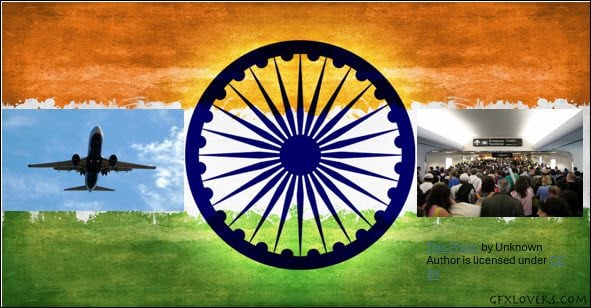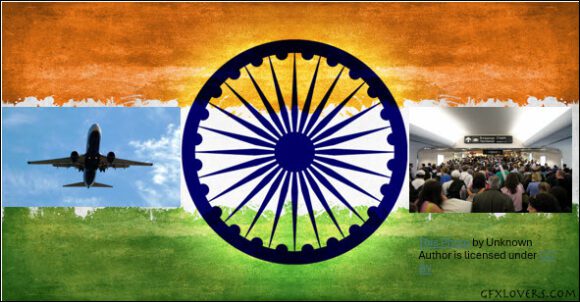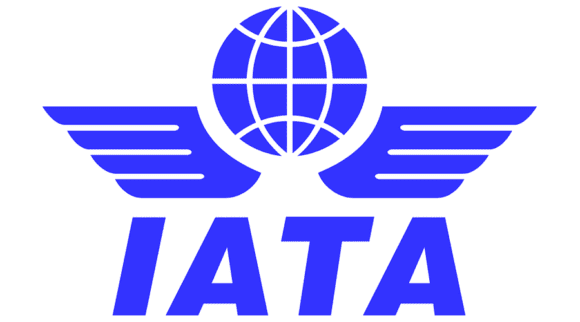
Indian aviation
Last week, as Prime Minister Narendra Modi made a rare appearance at the IATA Annual General Meeting (AGM) in New Delhi—a first for a head of state in recent memory—global airline CEOs listened closely.
After all, India is now the world’s third-largest aviation market, combining domestic and international traffic, and the sixth-largest in air cargo volumes. For too long, India’s aviation sector had primarily grown on its crutches, with New Delhi often viewing it as a luxury reserved for the wealthy and upper-middle class. At the same time, most Indians continued to travel by train or other forms of public transportation.
Modi’s presence—and more so, his speech—marked a clear shift in that perception.
“Our airlines are achieving double-digit growth. The success of the UDAN (regional connectivity) scheme is a golden chapter in Indian civil aviation,” the Prime Minister said. He added that by 2030, regional flying could benefit as many as 500 million Indians.
Passenger traffic data from the first four months of 2025 appears to validate that optimism. According to data analyzed by AirInsight, Indian carriers flew 57.51 million domestic passengers between January and April 2025, compared to 52.35 million in the same period last year—an annual growth of 9.87%.
This compares with 50.39 million passengers in January–April 2023, a much slower annual growth rate of 3.88%. In effect, the year-on-year growth rate has more than doubled.
Some of this uptick can be attributed to the Maha Kumbh religious gathering in Prayagraj in January—a once-in-twelve-year event—but airline load factors remained at around 85% even in April, despite increased capacity. That suggests robust demand even beyond the surge in pilgrimages.
IndiGo leads capacity race
IndiGo appears to have capitalized on this growth the most, adding roughly one aircraft a week to its fleet. It also secured over two dozen leased aircraft to offset delayed deliveries due to global supply chain constraints.
In the first four months of 2024, IndiGo held a 60.6% share of the domestic market. The Air India Group was at 28.8%, followed by SpiceJet (4.7%), Akasa Air (4.4%), Alliance Air (1%), and Star Air (0.53%).
This year, those shares shifted: IndiGo rose to 64.2%, Air India Group dropped to 26.7%, Akasa ticked up to 4.8%, while SpiceJet fell to 3.1%. Alliance Air and Star Air also saw slight declines of 0.6% and 0.4%, respectively.
Market share gains are primarily a function of available capacity, but they also reflect strategic choices.
IndiGo has aggressively pursued short-term leases, even when lessors demanded premiums. SpiceJet, by contrast, has struggled to bring grounded aircraft back into service due to financial stress and limited funding. Akasa Air has opted not to lease aircraft to offset Boeing delivery delays, reportedly because it sees little upside in such a move, especially as it continues to post losses and focus on fundraising.
Air India’s declining share is partly due to its ongoing retrofitting of older aircraft, which has taken dozens of planes temporarily out of service. The Tata-Singapore Airlines-owned airline, which has expanded rapidly over the last two years, is unlikely to add significant capacity until late 2026, when deliveries from its record order of 470 jets begin to arrive in volume.
That gives room for IndiGo and Akasa, both of which expect to receive more aircraft this year, to continue expanding and capturing market share.
In short, India’s domestic skies are busier than ever, and the winner in this fast-moving race will likely be the airline that dares to invest ahead of the curve.
Views: 100



